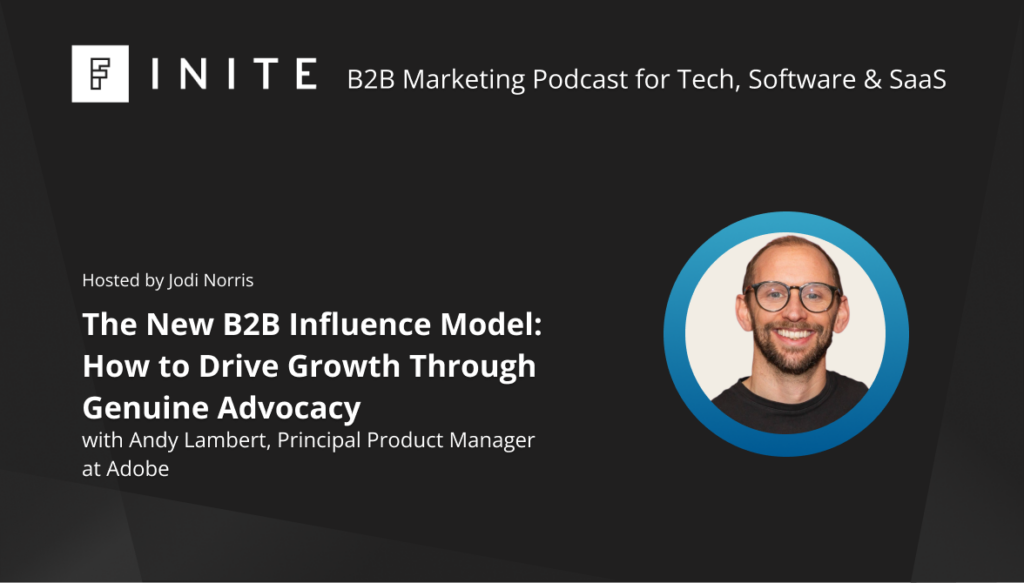Now ranging from technology that allows users to adjust room temperature via an app to smart beds that can adjust from firm to soft in seconds to provide optimal sleep conditions, the smart home industry has evolved tremendously over the past two decades. The new Apple Vision Pro, due to be up for sale next year, also promises to blur the lines between augmented reality and the smart home with its spatial operating system meaning, “...a user’s world can grow beyond the dimensions of a physical room with dynamic, beautiful landscapes that can help them focus or reduce clutter in busy spaces.”
With this rapid growth in smart home devices trying to make our lives easier, the reality is that sometimes it can feel overwhelming for consumers looking to optimize their home. In reaction to this, the industry is considering how to create a more seamless experience where all devices can be connected, which is coming to fruition with Matter. But whether Matter is successful or not depends on how much consumers embrace it… and to many, it may seem a bit complicated.
Clarity’s Christine Reilly and Grace Sakellariou spoke with David Vespremi, an AI and robotics MarComms professional with experience leading comms at Neato Robotics, and previous roles at Tesla and Motiv Power Systems, to understand Matter’s impact on smart home brands, including how brands (particularly PR teams) can prepare communications around the update, and what consumers can expect as a result.
(This interview has been slightly edited for clarity and brevity)
For starters, what is Matter and how is it impacting the smart home industry?
Matter is a standardization protocol that allows smart home devices from a variety of manufacturers built on different protocols to integrate with each other. Having reached an inflection point with smart home tools becoming increasingly popular, Matter’s impact is more profound than one might imagine in that it enables hardware across a variety of platforms to communicate and integrate seamlessly.
Matter enables manufacturers to build around a common app protocol, eliminating the need for consumers to have individual proprietary apps supporting each of their smart home devices. However, it can also enable the devices themselves to share information.
For example, a smart door lock or garage door could enable a triggering event to let the other devices in the home know that occupants have arrived or departed, thereby initiating a robot vacuum to start cleaning, a thermostat to adjust the temperature in various rooms, blinds to open or close, and lights to come on or turn off.
Matter also adds consumer peace of mind in offering a fully encrypted, uniform protocol for ensuring privacy and security, as well as minimizing the security risk from dated or obsolete smart home devices that are no longer supported by updates from individual manufacturers.
Many tech journos are discussing the update, what it means for the industry and when smart home brands will get Matter certified, but it sounds like there are different rules for individual product categories within the smart home. What’s your take?
It makes sense to have a phased approach for a variety of reasons including the fact that some devices are internet enabled for access outside of a home’s LAN (Local Area Network) whereas others are not.
As well, many newer devices have been engineered with Matter in mind from the outset whereas others would need to be retrofitted with updates after the fact to enable Matter functionality.
At the end of the day, perhaps the biggest driver of Matter adoption will be less about rules and more about consumer demand. The stronger demand is from consumers, especially in their initial purchase criteria, the more that manufacturers will be encouraged to quickly build Matter into their smart home offerings.
What do brands need to consider when communicating about Matter? How will it change their customers' experience? Should brands be forewarning their customers that it's coming or hold off until it's here?
Manufacturers need to decide whether pre-announcing Matter makes sense on a case-by-case basis. In instances where a manufacturer intends to incorporate Matter into its full portfolio of smart home devices, it will generally be wise to pre-announce and promote this broadly as it will reassure prospective buyers that their devices will be future-proofed towards integration and encryption.
However, for manufacturers that plan to abandon existing hardware for new versions with Matter built in, this is more challenging. Pre-announcing Matter could make it more difficult to sell existing inventory already in the sales channel as consumers await the new Matter enabled devices.
Can you think of any brands that have done a really good (or bad!) job of communications around Matter so far?
I can’t think of specific devices that have done either an exceptionally good or bad job of integrating Matter.
But, I can point out that Apple getting behind Matter with its HomeKit integration is a big deal. Historically Apple, one of the biggest players in smart devices and personal computing, has been notorious for its “walled garden” approach whereby devices work brilliantly to support each other, but offer little to no meaningful integration with third party manufacturers. The fact that Apple supports Matter is a welcome departure from this stance, and bodes well for the continued adoption of Matter industry-wide.
If you’re a brand in the smart home industry and strategizing around how to communicate Matter effectively to your audience, reach out to the Clarity team of consumer tech experts here.
Stay up to date
Receive all the latest news, events, and insights on B2B tech, marketing, and communications with Clarity’s free monthly newsletter.
Share this
MORE
INSIGHT
Fearless tactics to achieve your strategic success
As a consultancy, our full-funnel marketing and communications solutions are designed to fearlessly deliver business results across multiple industries and service areas.









